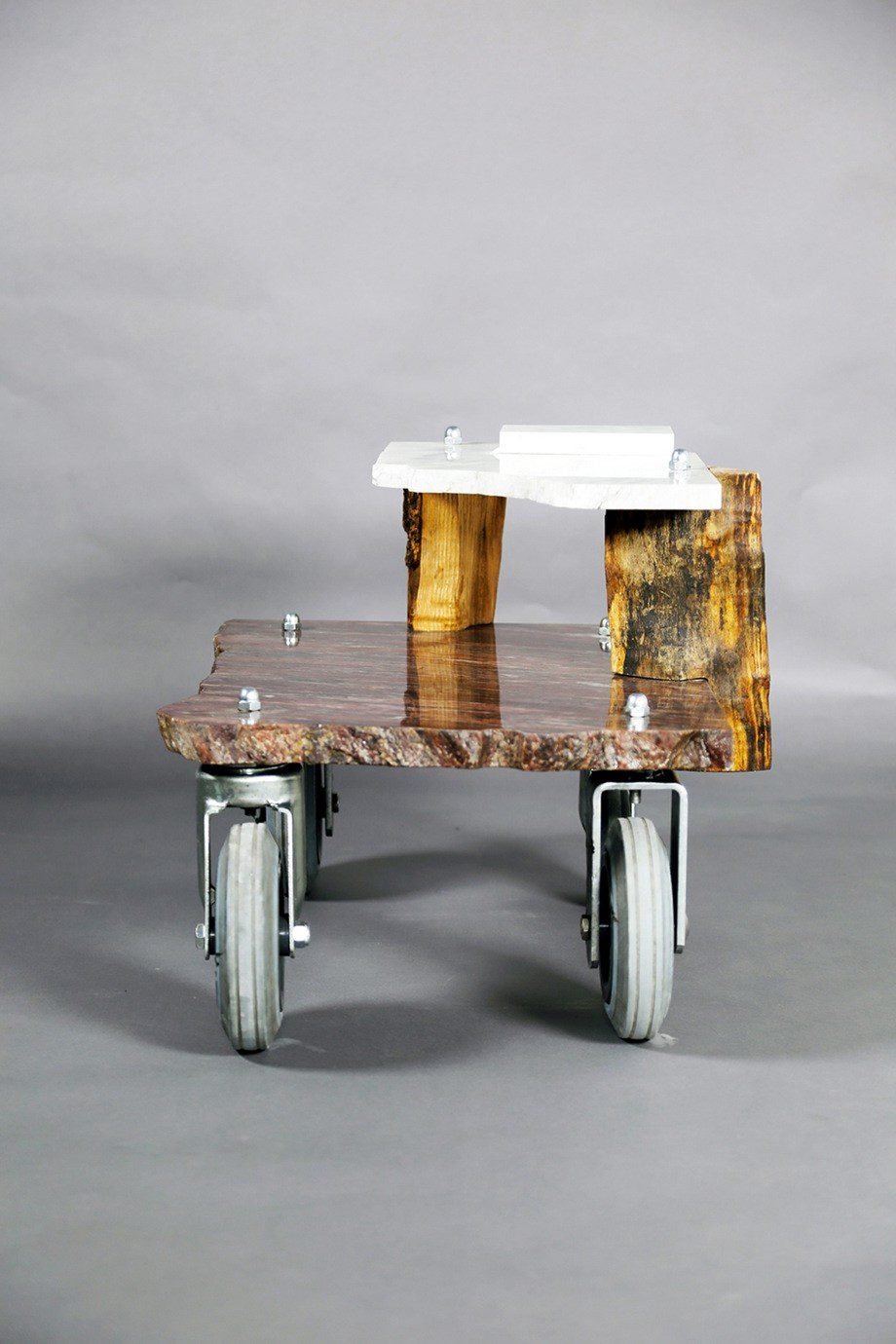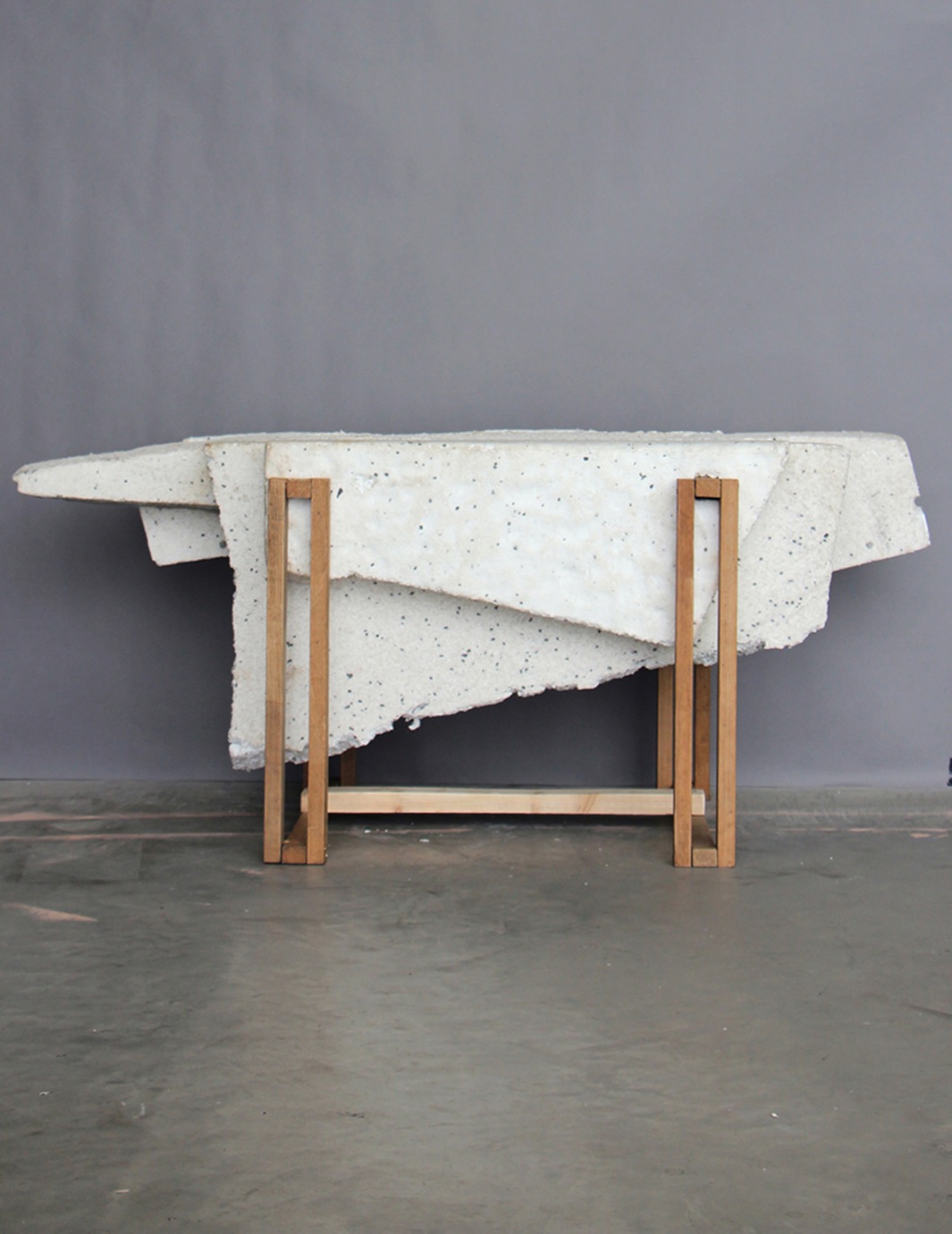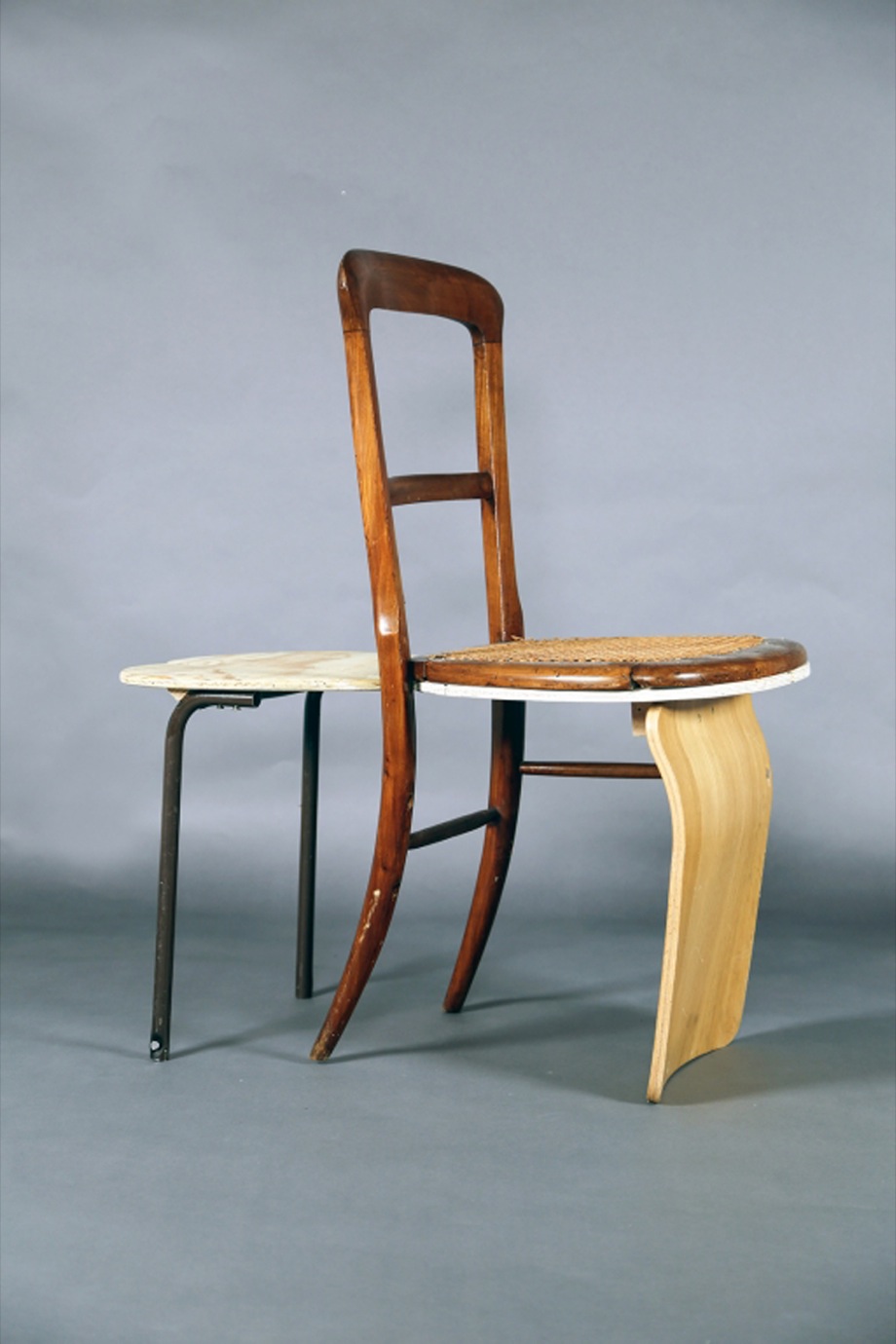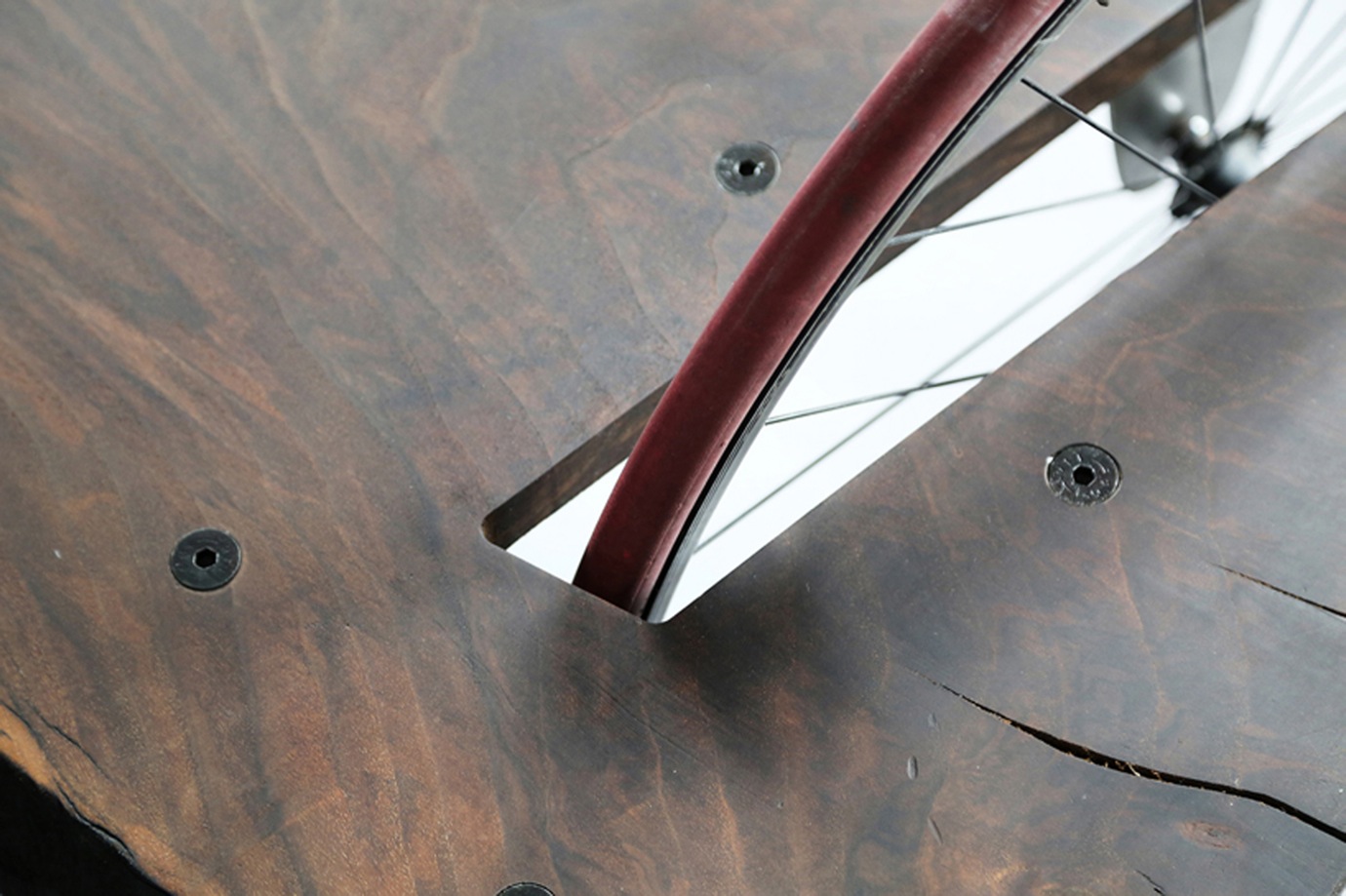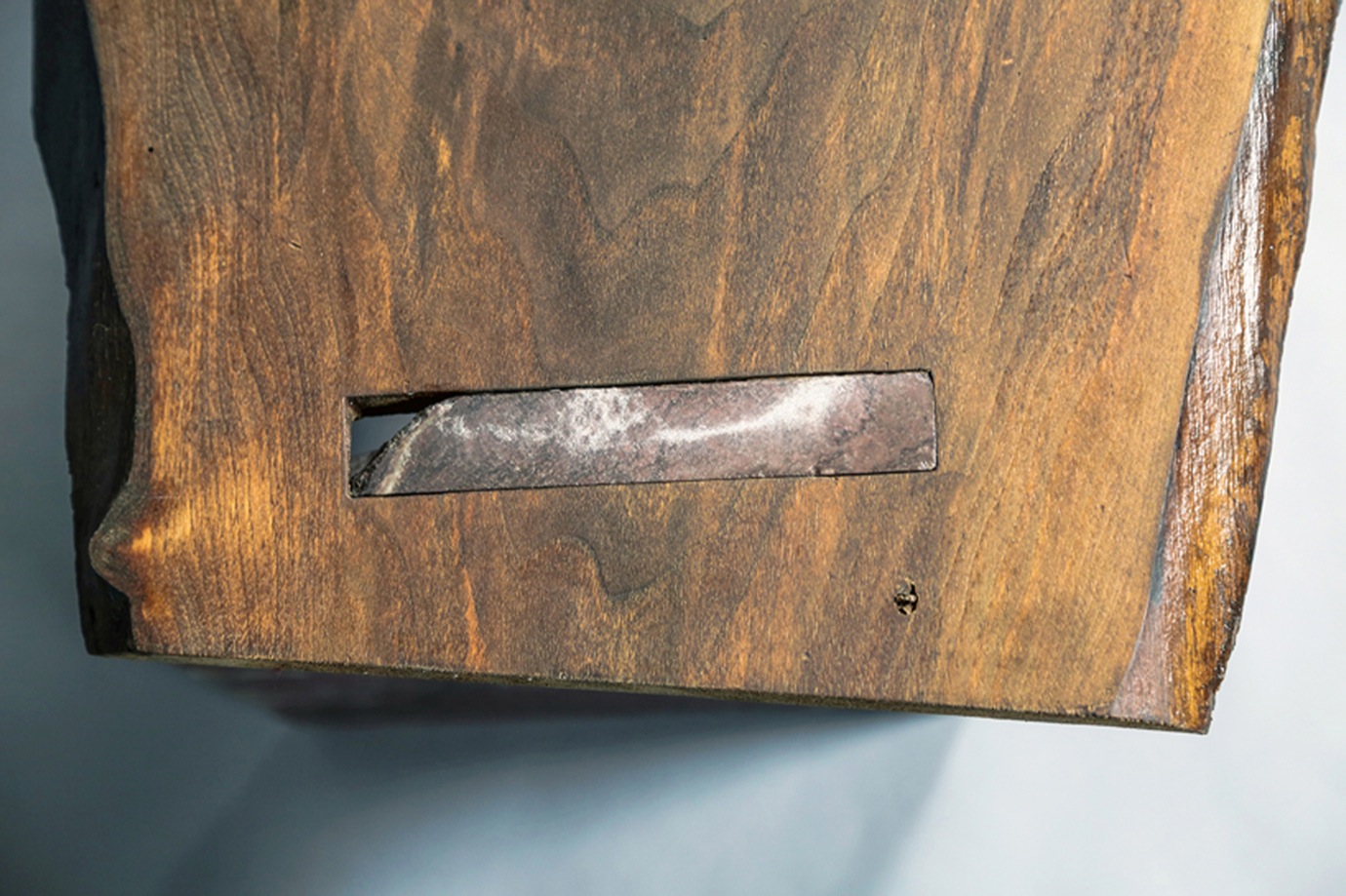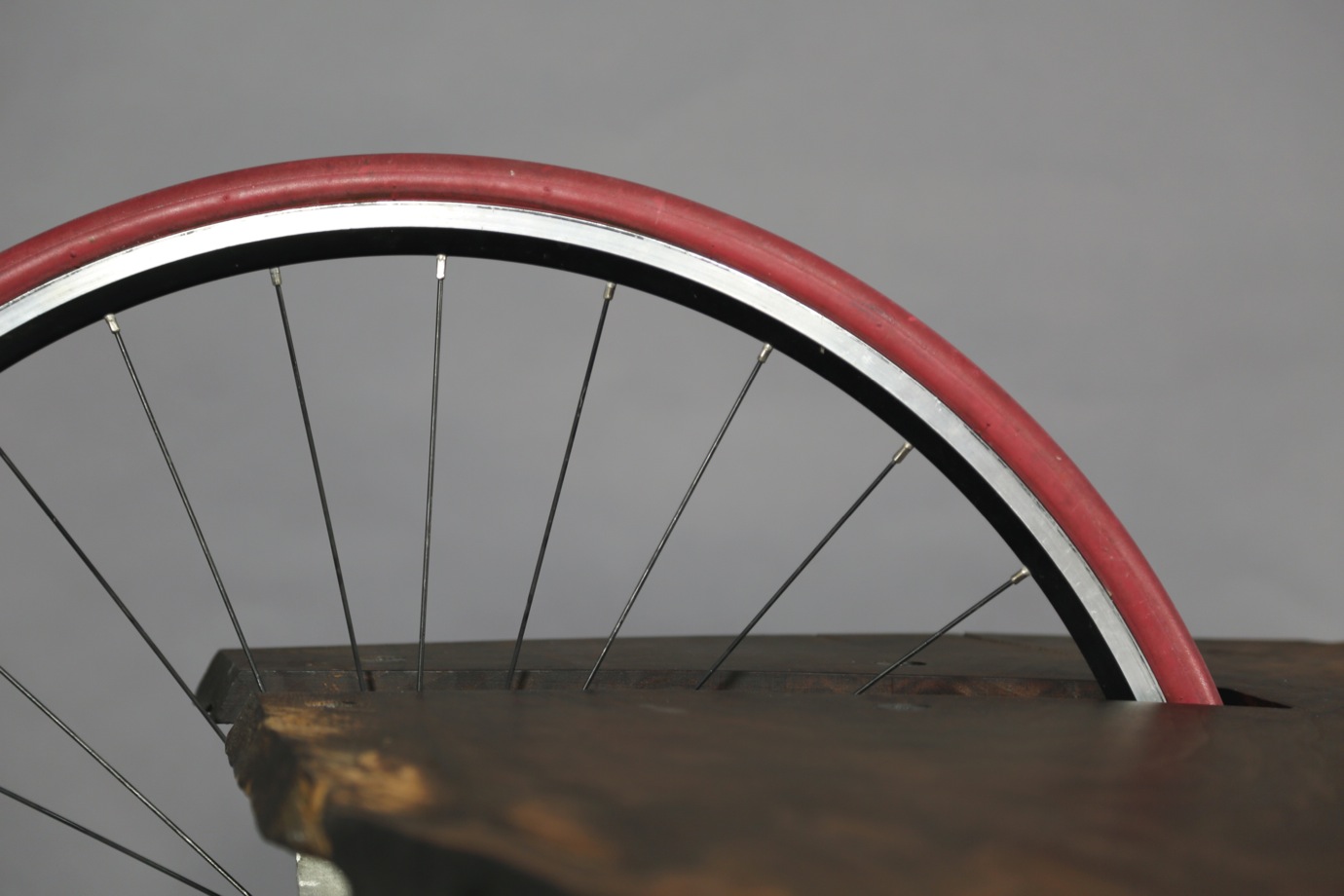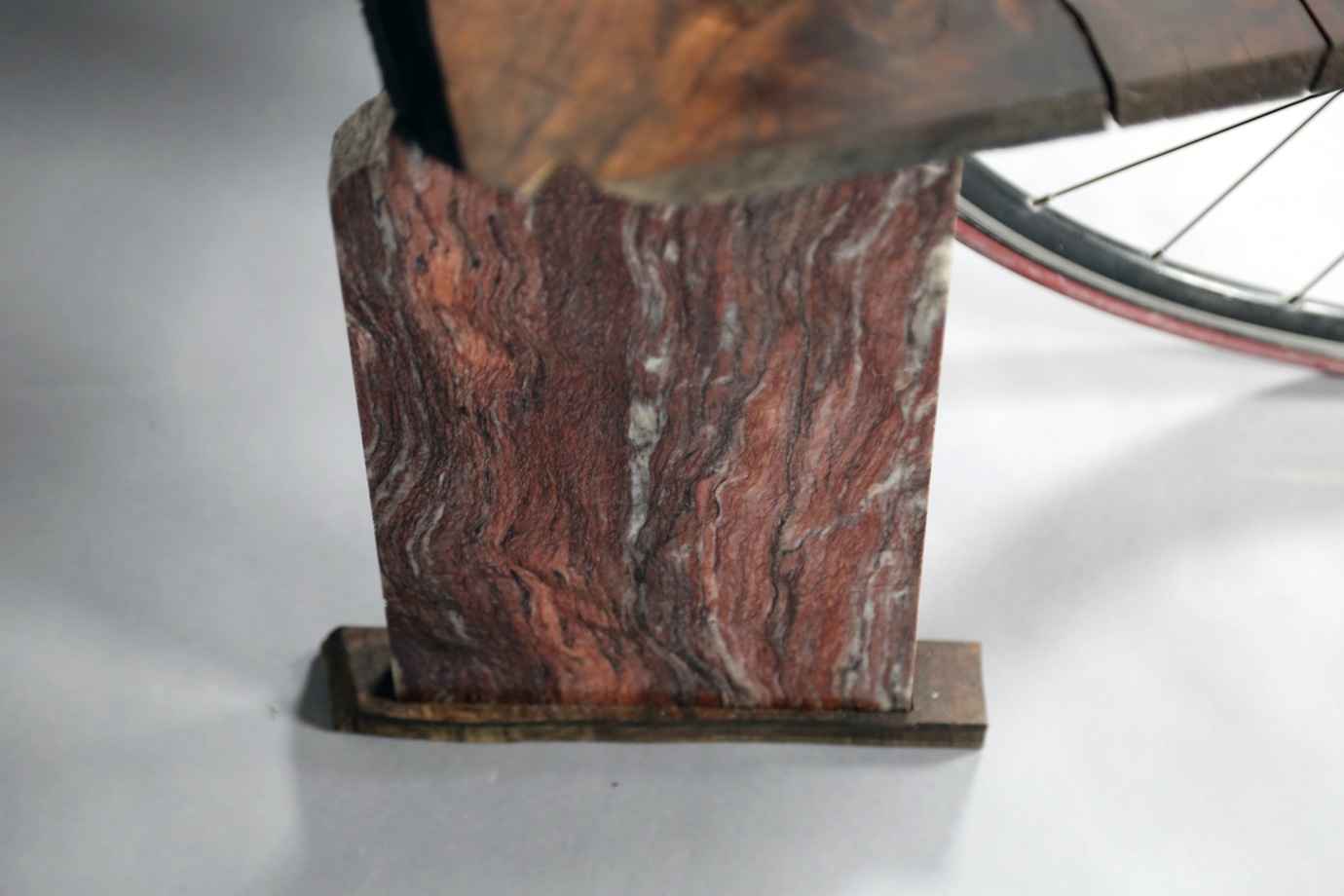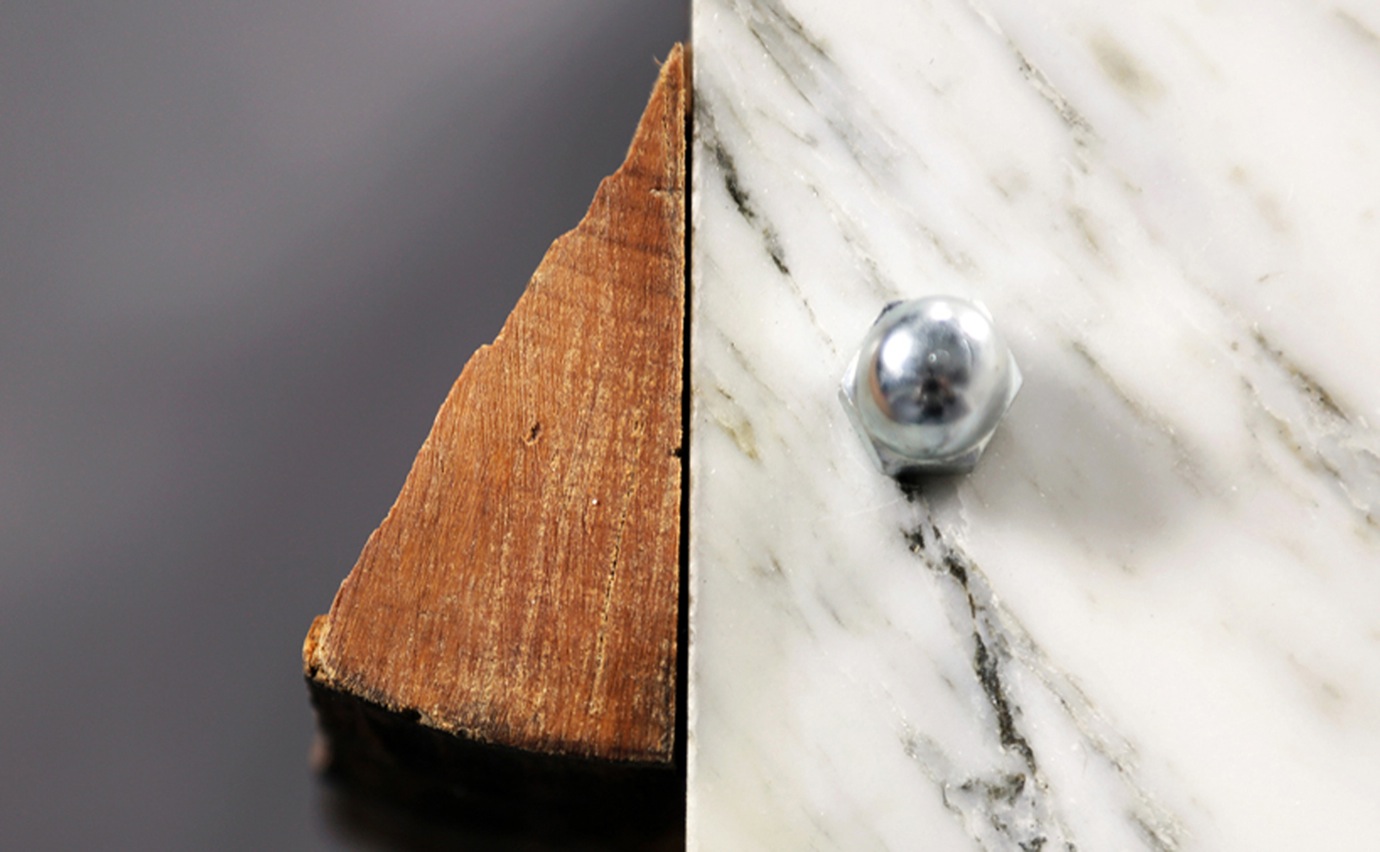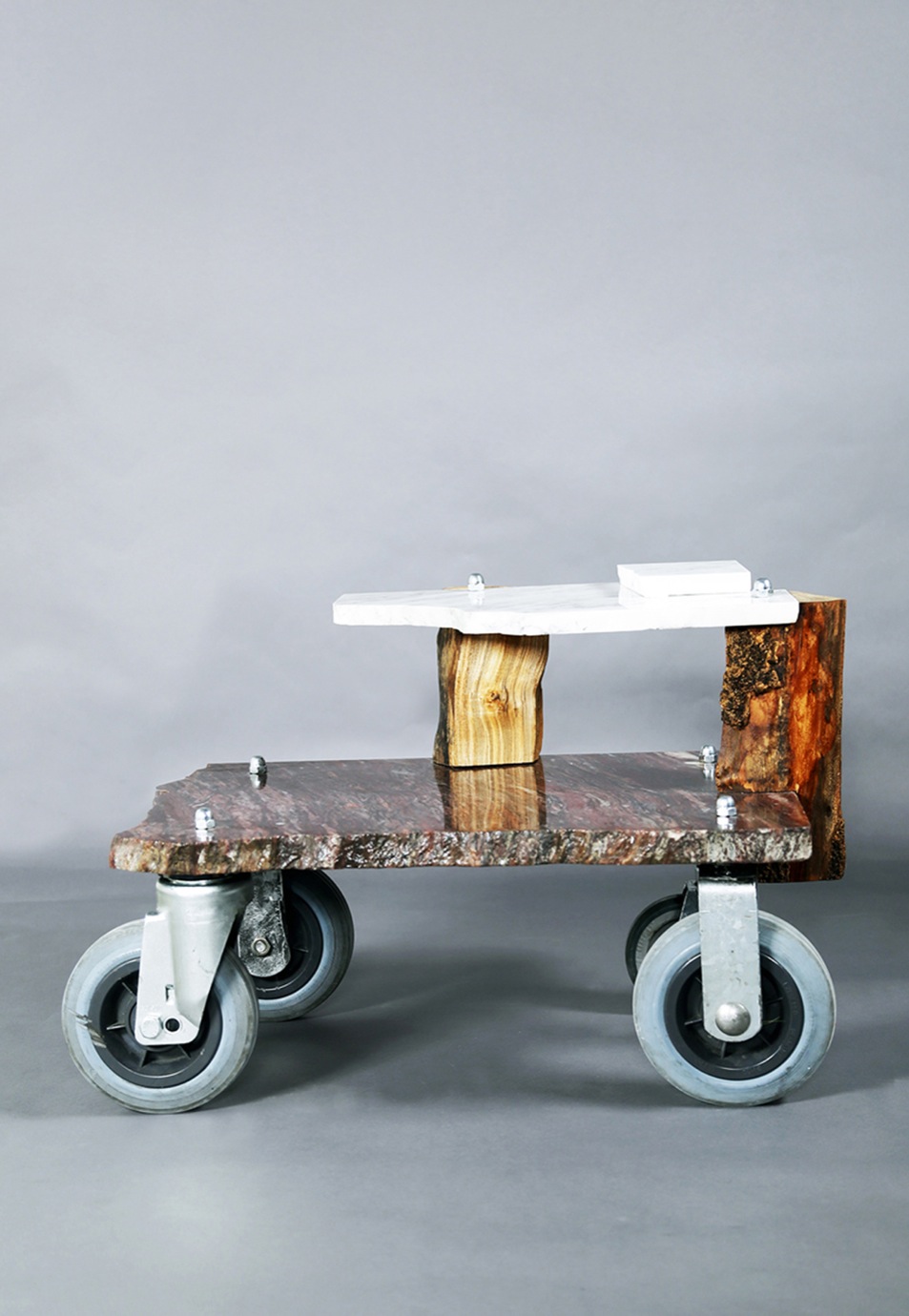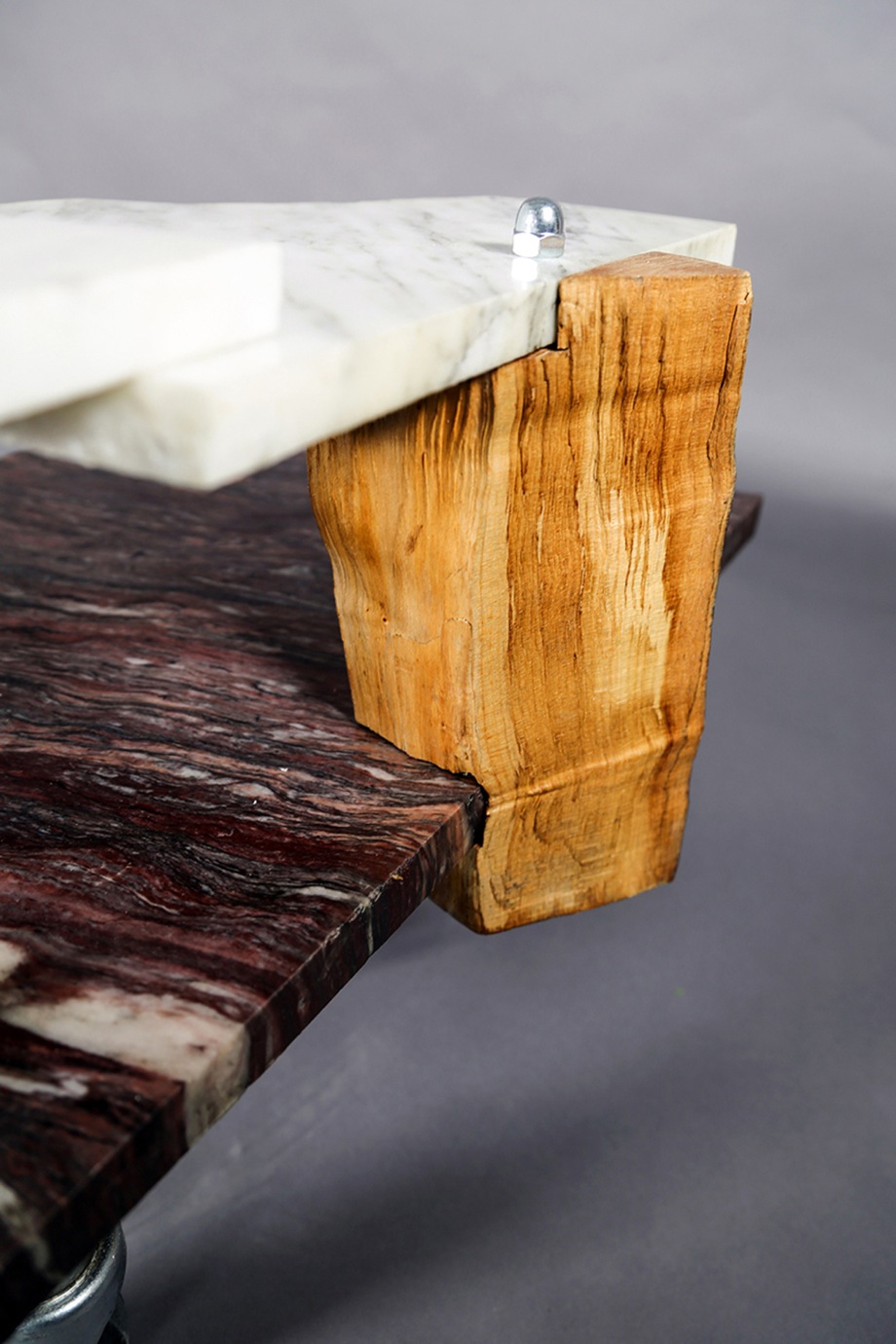“WASTE ISN’T JUST WASTE, IT’S A RESOURCE AS WELL.”
The 1980s saw a period of social and cultural diversity in the world of arts and design. From London to New York, Paris to Tokyo, these world class cities became the fertile grounds for a whole new generation that embraced individualism and D-I-Y ethics set against a post-punk nihilism. Critics and scholars alike called this period “deconstruction”, and in fashion this began when Japanese designers such as Rei Kawakubo and Yohji Yamamoto presented their work in Paris back in 1981. They deconstructed the conception of design and sustainability of that time while focusing purely on form and function (let’s firstly thank the French philosopher, Jacques Derrida, on his scholarly works on deconstruction in 1961). Fast forward to the 21st century, we’re keen to explore the impact that this fashion revolution has had on other realms of design.
Introducing Ilaria Bianchi, a furniture and product designer from Pisa, Italy. She went to Politecnico di Torino for her undergraduate degree in Industrial and Product Design and completed her master’s degree at Central Saint Martins in Design Furniture, Ceramics and Jewellery. The press and social media are obsessed with BIanchi’s design, and she admits; “Jack Milenkovic (the creative director of Vogue Living Australia) posted my Totem photo on his Instagram!” Totem also refers to the very same structure which is closer to home than anyone at CSM would have imagined. Her monumental structure currently graces the entrance hall of CSM and it stands rebelliously with one aim: A critique of the consumerist society we live in.
In Bianchi’s definition, there is no separation between an artist and a designer as she believes that both roles are “tied to impulses and emotions of one’s creation.” Hence, Bianchi’s approach to design has been inspired by her childhood dream of saving the environment: “There are underprivileged segments of the society who certainly view waste differently. The phenomenon of ‘waste pickers’ involves millions of people worldwide, especially in highly populated countries like Brazil or India. They don’t just re-sell scrap materials; they reuse these items for their communities as well. Waste isn’t just waste, it’s a resource as well.” With this idea in mind, the “CastAway” furnitures project was born. Her aim with “CastAway” is to assess design’s capability in influencing the local community.
This project started in Turin, but after moving to London, Bianchi found the overcrowded capital the perfect spot to start: “CastAway furniture is the result of continuous research and production for two years. The Furniture are designed using materials which have been Cast(ed) Away (and then reclaimed) from the streets of London.“ The designer loves using polystyrene in many of her works. She muses that this material “has a certain aesthetical likeness to marble.”
The crème de la crème from the “CastAway” project is “Merry-go-round”: a wooden bench with a wheel embedded on its side. This piece clearly demonstrates the Ilaria’s aesthetic language in deconstructing urban and industrial waste into avant garde design. Another highlight is “Coffee Table”, which was featured on Dutch Elle Decoration. This construction encapsulates a collaboration between centuries-old luxury material such as marble with pieces of wood that one may encounter at the dumpster, as she explains: “Polystyrene became the spark that brought me to marble. As a matter of fact, I live 30 minutes from Carrara where the famous marble comes from.”
“I THINK THERE ARE NO BOUNDARIES FOR EXPRESSION AND THIS APPROACH WILL PROVIDE THE KNOW-HOW TO BE CONFIDENT IN PROBLEM SOLVING, WHICH IS WHAT A DESIGNER SHOULD BE GOOD AT.”
As a designer, Bianchi’s creative process adopts the guidelines of Adhocism written by architects Charles Jencks and Nathan Silver in 1972. As a design principle, Adhocism starts with everyday improvisations and their ability in generating innovative ideas when resources are scarce. Adhocismurges us to pay less attention to the rulebook and more to the real principle of how one actually does things, as Bianchi confirms: “The ability of conveying concepts and ideas through different mediums keeps the mind flexible and increases our creative skills. I think there are no boundaries for expression and this approach will provide the know-how to be confident in problem solving, which is what a designer should be good at.”
Ilaria Bianchi is a force to be reckoned with as her recent collaborations include big names in the industry such as BoConcept as well as London’s very own Somerset House and the Victoria & Albert Museum: “I worked full-time for BoConcept as an interior designer when I just moved to London, and then also part-time while studying. During my MA, I also developed a project with the V&A and the aim was to find a design opportunity with regards to the influence of mobile phones in a museum experience.”
Reflecting on art, she picks Picasso over Mondrian and explains to us the secret of being Italian: “Italian cities, culture and heritage still emanate the power of the Renaissance. As an Italian, you’re born inside it and it is just inside you. It’s hard to explain, but the funny thing is that you never stop having Stendhal syndrome coming back there.” As a CSM student, Bianchi’s first impression of London has never been so bittersweet: “My typical day would begin by searching for interesting rubbish around the city while finding a way to bring them to college. The project (CastAway) follows a learning-through-making process, and logistically it has been a really hard challenge. I even got the nickname: The Queen of Garbage!”

